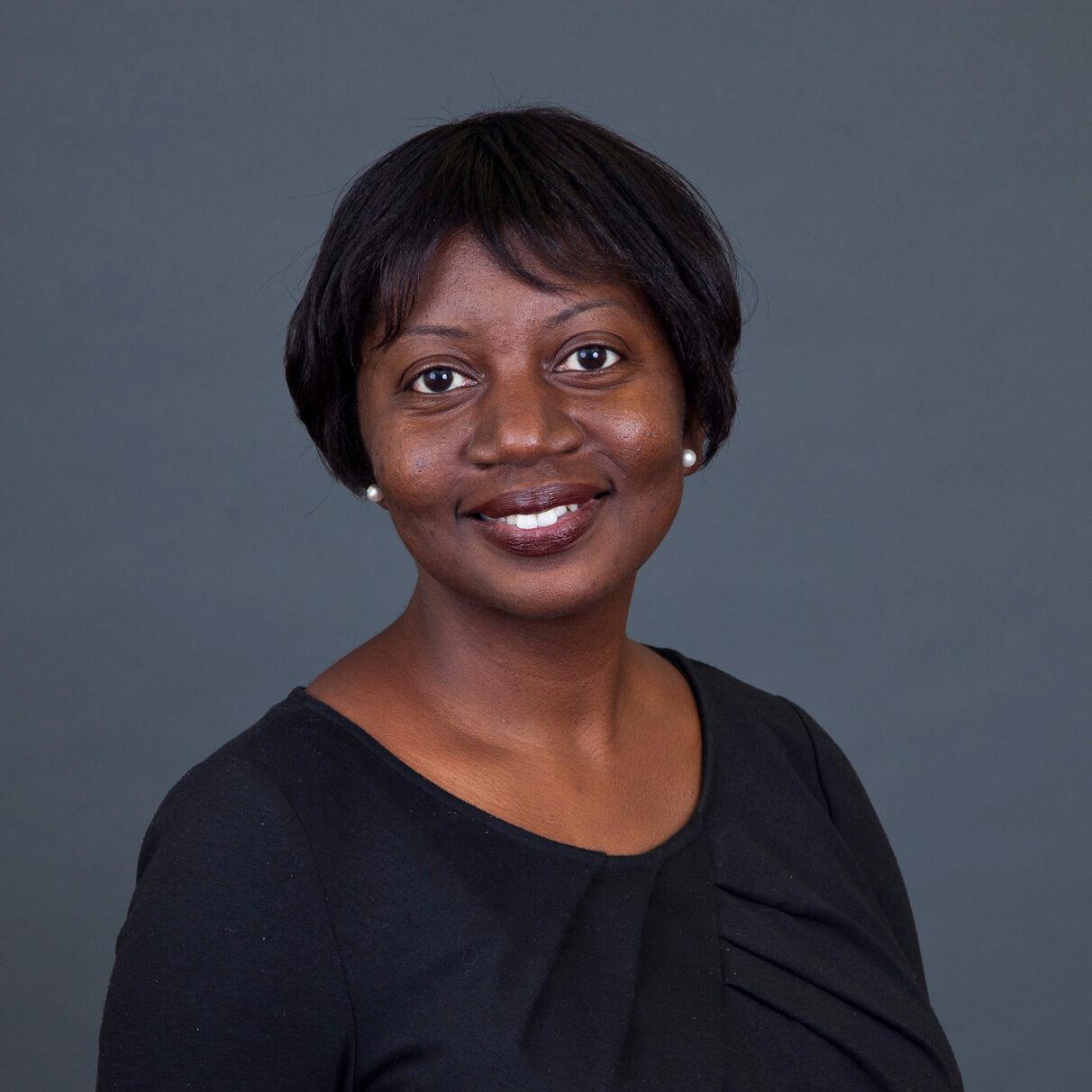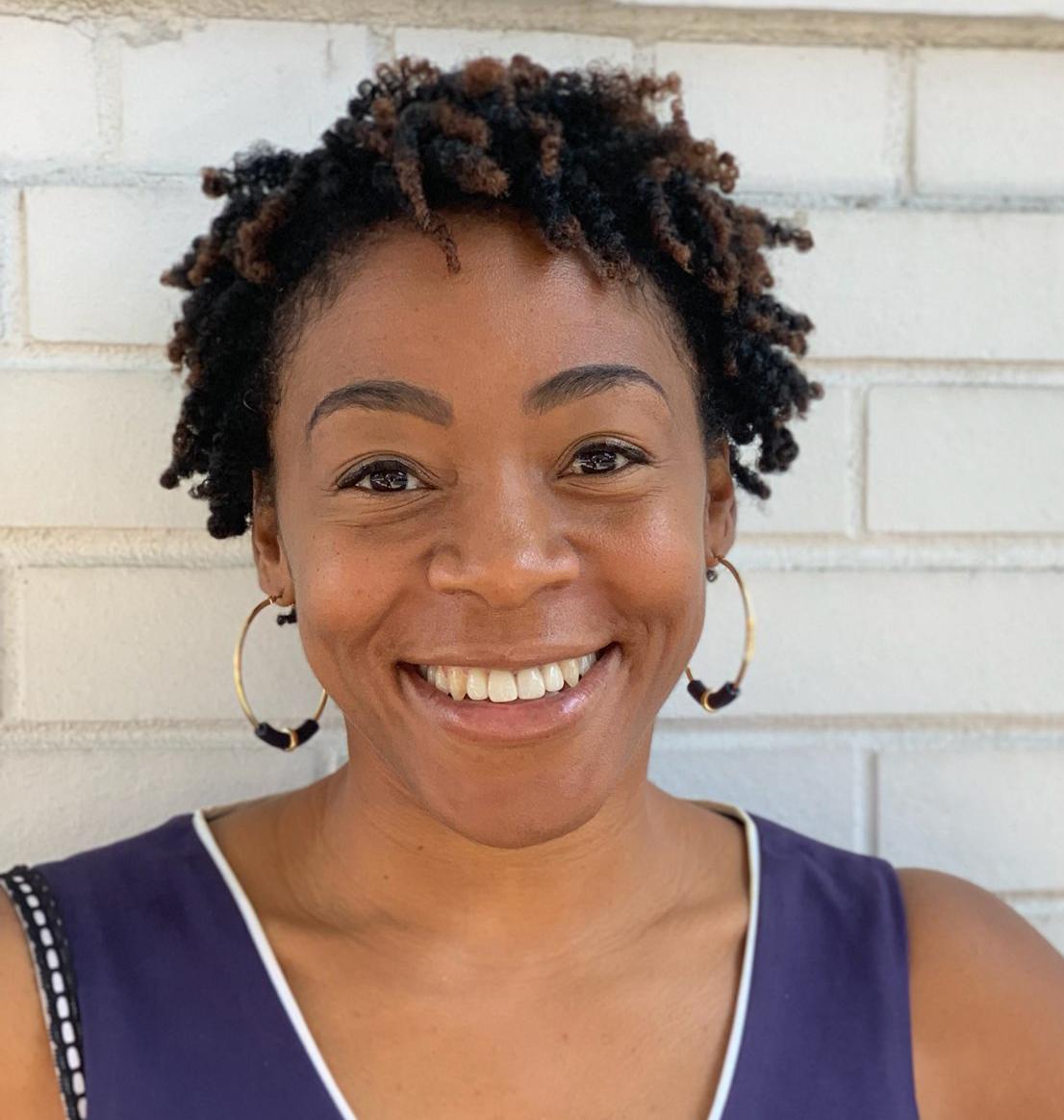Youth development program practitioners, policymakers, and funders are increasingly interested in how out-of-school time (OST) programs can effectively reach and engage diverse populations of young people. Indeed, research indicates that participation in high-quality OST activities and programs is associated with improved social, academic, and physical outcomes (Moore et al., 2014; Redd et al., 2012), so it is critical that they assure equitable access and inclusive engagement. While a small but growing body of literature has focused on efforts to advance diversity, equity, and inclusion (DEI) in OST programs (Hill & Vance, 2009; Summer, Turner, & Burrow, 2018; Smith, Witherspoon, & Osgood, 2017), few systematic OST research and evaluation projects have included DEI as an area of focus. From 2017 to 2020, Child Trends served as the evaluation partner for the YMCA of the USA’s (Y-USA) Character Development Learning Institute (CDLI); through that work, we learned about efforts to improve DEI in afterschool, summer learning, camps, and other OST programs during site visits to more than 100 YMCAs around the country. In this brief, we summarize lessons learned from that research for OST programs seeking ways to be more intentional in their efforts to strengthen DEI.
Download
Y-USA has a dedicated department—Diversity, Inclusivity and Global Engagement (DIG)—established 14 years ago to support an intentional operational and programmatic shift in the organization in response to demographic changes. Simply defined, the DIG group defines its focus on diversity, equity, and inclusion in the following way: Diversity is ensuring representation, equity is ensuring everyone is considered and no one’s perspective is missing, and inclusion is making sure all who are included are engaged.
As a resource to YMCAs, DIG aims to support their capacity to operationalize the Y-USA “commitment to inclusion” statement: “The Y is made up of people of all ages and from every walk of life working side by side to strengthen communities. Together we work to ensure that everyone, regardless of ability, age, cultural background, ethnicity, faith, gender, gender identity, ideology, income, national origin, race or sexual orientation, has the opportunity to reach their full potential with dignity.” A 2017 Y-USA brief 1 provides a detailed overview of the broad dimensions of diversity that Y-USA considers.
At the organization level, DIG supported the work of YMCAs by developing and identifying resources for YMCA staff to be trained on topics like implicit bias. Y-USA and individual YMCAs also share a focus on improving staff diversity and representation, particularly at the leadership levels. At the program level, YMCA staff shared approaches they used to work with students, including 1) offering DEI training opportunities to staff, 2) improving diversity across staff levels, 3) emphasizing the CDLI practice of empathy in programming, 4) designing programs that celebrate cultural differences, 5) promoting equity as opposed to equality, and 6) increasing access to high-quality programs. Below, we share examples from the Y-USA and YMCAs that describe ways in which OST programs can promote DEI.
Related Content
- Strategies for Developing a Mutually Beneficial Researcher-Practitioner Partnership
- 5 Things to Know about How Y-USA’s Technical Advisors Supported CDLI Sites
- 5 Things to Know About the Y-USA’s Peer-Supported Technical Assistance Model
- The Development and Experiences of Character Development Learning Institute Implementation Teams
- Promoting Character Development in Youth Programs through Professional Development for Staff and Volunteers
Download
Endnotes
1 YMCA of the USA. (2017). All together better: The many dimensions of diversity. Chicago, IL: YMCA of the USA. Available at: https://ymca-snoco.org/wp-content/uploads/2017/11/Diversity-Wheel.pdf
© Copyright 2025 ChildTrendsPrivacy Statement
Newsletter SignupLinkedInYouTubeBlueskyInstagram

